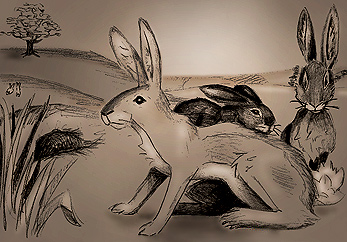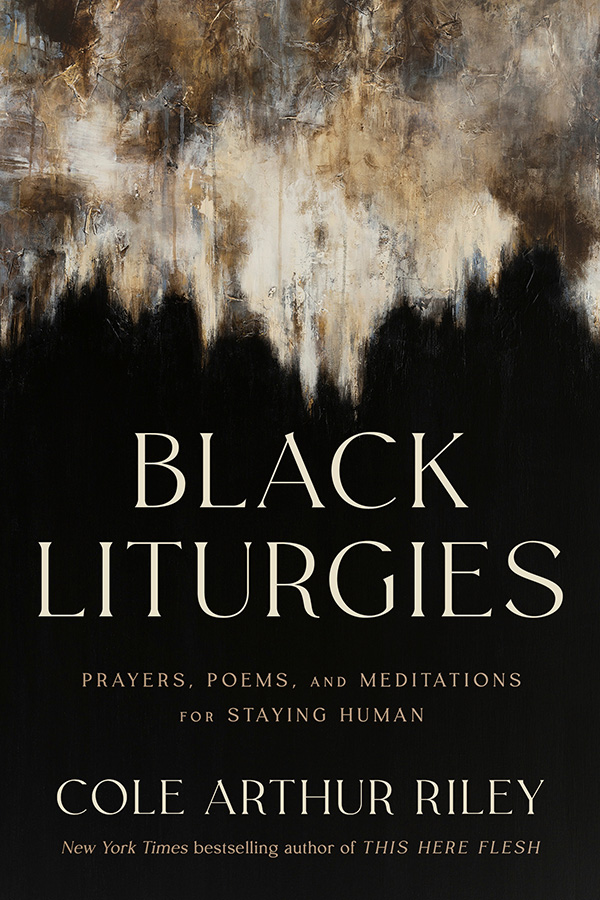The novel “Watership Down” -- Richard Adams’ 1972 story of a band of rabbits who flee encroaching civilization and seek a new home -- is an absorbing adventure tale. But there’s another reason to dust off a copy: As unlikely as it might seem to take leadership lessons from a fictional rabbit, Hazel, the novel’s protagonist, provides a model of the leadership qualities that can transform our communities.
Hazel does not set out to lead. He is an “outskirter;” one of the rank and file of ordinary rabbits. He gets wounded and limps through much of the book. Yet, as the novel unfolds, Hazel learns the qualities that make him into a transformative leader: courage, humility, compassion, as well as the ability to innovate, to integrate opposing ideas and to deal effectively with change.
Hazel displays one of his important leadership qualities early in the book: He listens to others. He is motivated to flee his home warren and seek a new home by respecting the warnings of his prophetic brother, Fiver. He then finds himself the head of a straggly band of followers who eventually make their home at Watership Down. As the journey wears on, Hazel shows other qualities of a good leader. He is humble and courageous, placing himself in danger rather than risking the lives of those who depend on him. He has compassion for his followers, literally licking the wounds of the injured and fretting over smaller rabbits exhausted from travel and anxiety.
But one of Hazel’s greatest gifts is his ability to innovate. As the group journeys away from the familiar, Hazel grasps the possibilities in new situations. He saves and befriends a bird and a mouse; in return they later offer invaluable help. He suggests that the bucks dig holes, against their instincts, because they have no does to dig for them. And he oversees new designs for their warren, based on what they’ve learned. Hazel and his friends, creatures of habit, now spend their days “doing everything that came unnaturally to them and this for the first time.”
As he deals with new situations, Hazel uses what business leader Roger Martin calls the “opposable mind.” He holds two opposing ideas in his mind and reaches a synthesis, using integrative thinking. When faced with the despot General Woundwort and his thugs, for example, Hazel tries to avoid bloodshed by proposing a third warren composed of rabbits from both sides. But Woundwort is too limited to accept the suggestion: “For one beat of his pulse the lame rabbit’s idea shone clearly before him. He grasped it and realized what it meant. The next, he had pushed it away from him.”
Woundwort is a great fighter, but a terrible leader. He’s a bully who knows how to fight unnaturally well, but fighting is his sole leadership technique. This forms a community of rabbits that prey on one another as well as on outsiders. Woundwort’s restless desire for power proves his undoing.
Hazel and his friends also learn about the dangers of passivity. They encounter a warren of rabbits lulled by a man who puts out food for them. They can eat their fill, but the man then kills them one by one in wire traps. These rabbits never question or talk about their fate. This lack of initiative damages the community as much as Woundwort’s power-hungry style.
Only Hazel’s transformative leadership has life-giving implications for the community he serves. While learning to lead his warren, Hazel re-forms the community into a group of individuals that not only honor and respect one another’s gifts, but that rely on and value each other’s capacities. “There was no more questioning of Bigwig’s strength, Fiver’s insight, Blackberry’s wits or Hazel’s authority.”
Like Paul’s descriptions of the church as one body with many members, the rabbits learn what it means to be a warren of individuals living and working together. While Hazel learns to lead, the group learns to follow. They learn what it means to respect him, so that when a crisis occurs during the final battle against Woundwort, they don’t question him when he says, “I’ve got a plan…but I’ve no time to explain.”
Hazel is a smallish, ordinary rabbit who transforms his community into a stronger, wiser group who love, respect and rely on one another. Hazel learns to be courageous, humble, innovative and compassionate. He faces radical change with a sense of openness, a willingness to listen to both friends and enemies, and the wisdom to consider all the options -- even ones that go against his animal instincts. Despite the author’s disclaimer that the book is simply a story about rabbits, it offers a picture of transformative leadership in action.



















